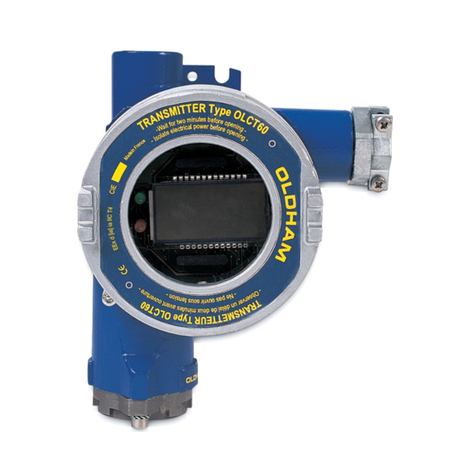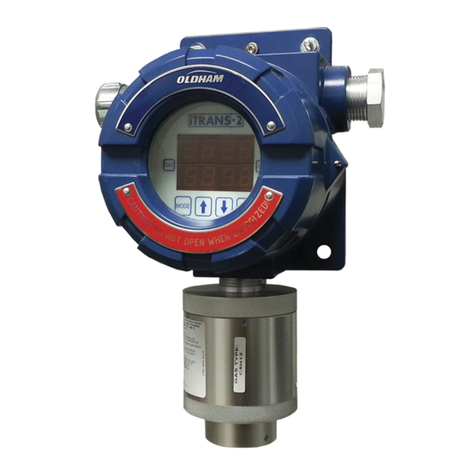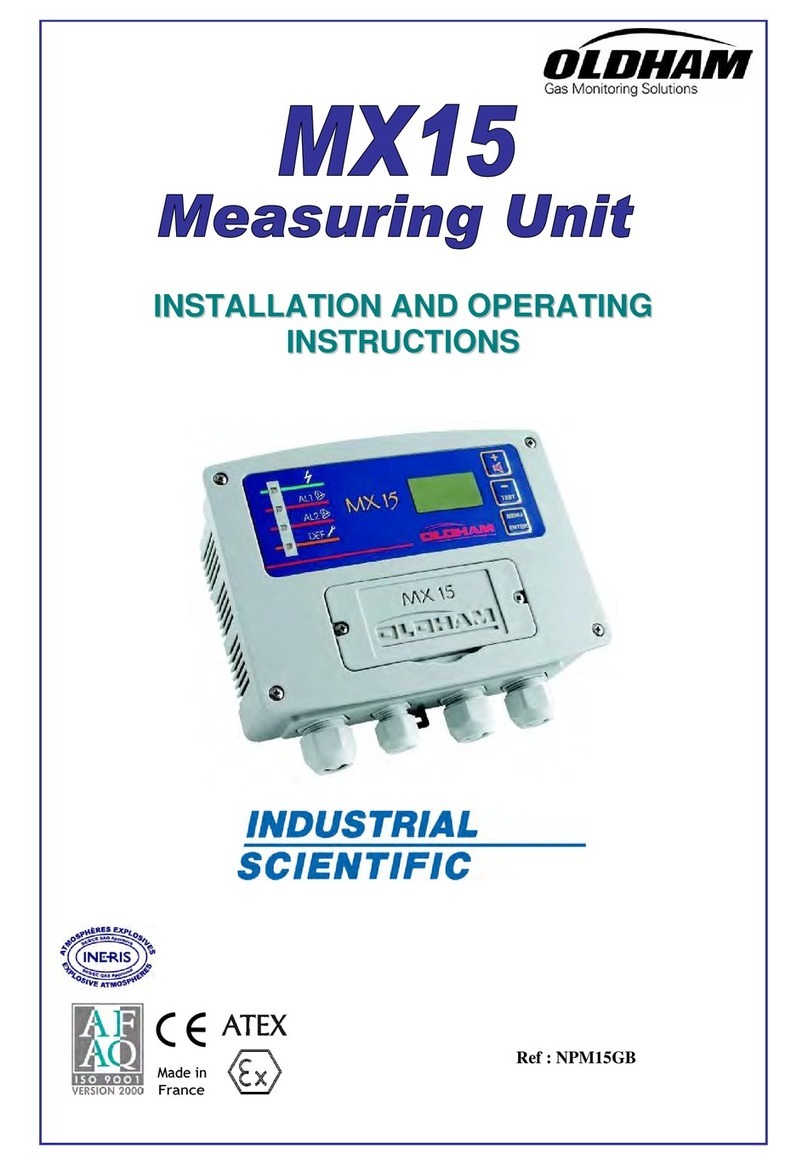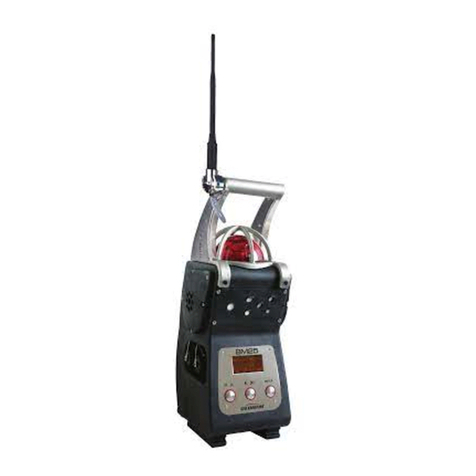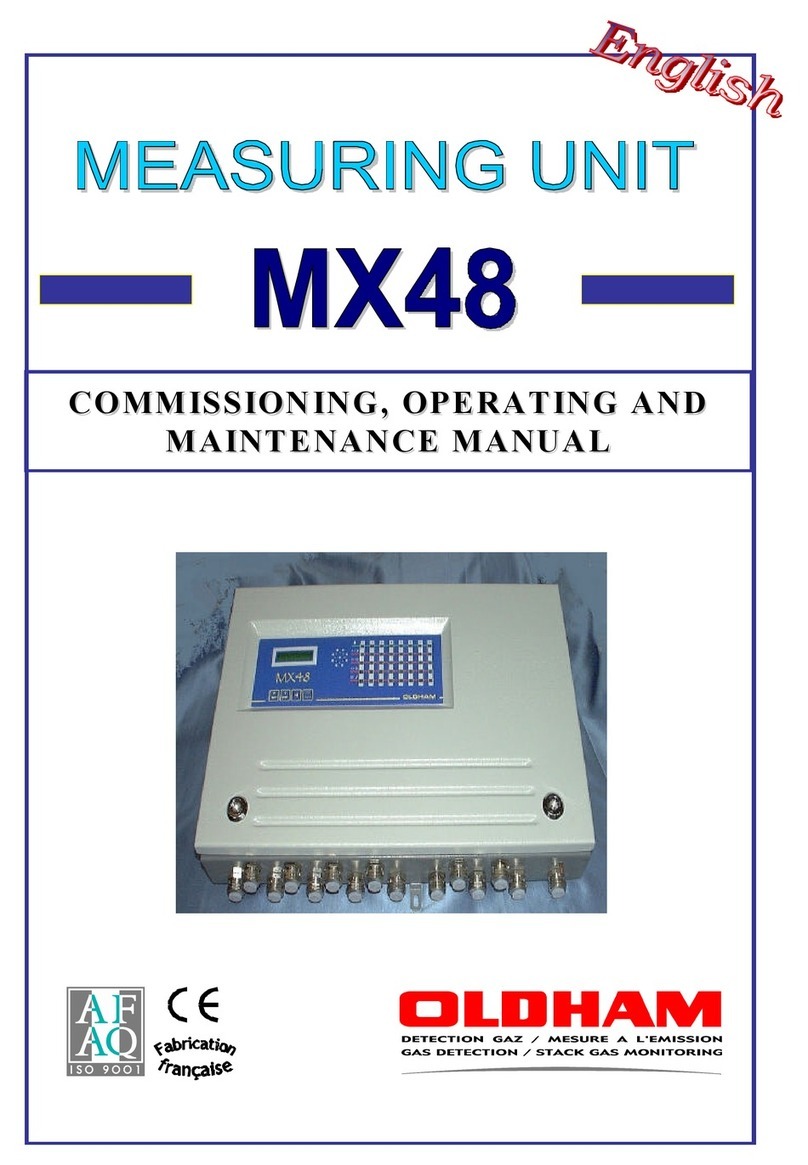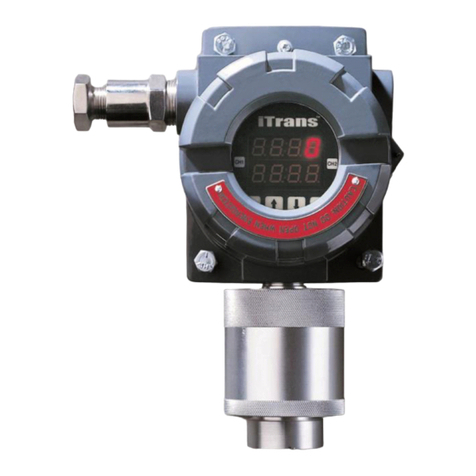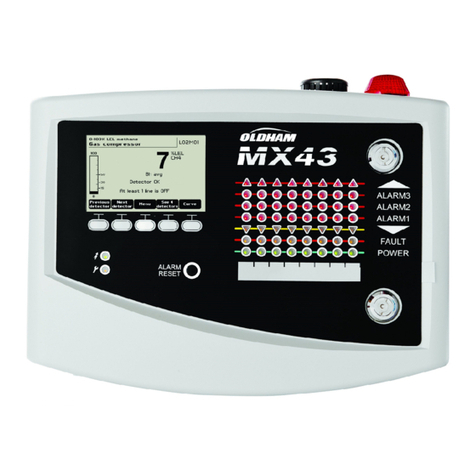
5
CONTENTS
1. DESCRIPTION..............................................................................................7
1.1. General.............................................................................................................................7
1.2. Rack..................................................................................................................................8
1.3. The various printed circuit boards...................................................................................8
2. INSTALLATION AND CONNECTIONS..................................................9
.1. Installation: recommendations ............................................................................................9
.2. Electrical connections of the MX52 Unit (Fig. 8)................................................................9
2.2.1. Alternative power supply.........................................................................................9
2.2.2. DC power supply ...................................................................................................10
.3. Detectors (Figures 9 and 12).............................................................................................10
2.3.1. Explosimetric detectors of PONT type..................................................................10
2.3.2. 3-wire detectors 4-20 mA: 3 connecting wires for shielded cable.........................11
2.3.3. 2-wire detectors 4-20 mA: 2 connecting wires for shielded cable.........................11
2.3.4. FIRE detectors: 2 connecting wires for shielded cable..........................................11
2.3.5. FLAME detectors: 2, 3 or 4 connecting wires for shielded cable depending on
utilization ...............................................................................................................................11
2.3.6. CO2 detector of type “Ventostat VT”....................................................................13
2.3.7. Specific case of intrinsic safety detectors..............................................................13
2.3.8. Other detectors with standardized current output..................................................14
2.3.9. Parking application ................................................................................................14
.4. Connecting the unit to external devices.............................................................................15
2.4.1. Slaving controls......................................................................................................15
2.4.2. 4-20 mA current outputs (Fig. 12).........................................................................16
2.4.3. RS 232 and RS 485 outputs ...................................................................................16
2.4.4. Remote acknowledgement.....................................................................................18
3. STARTING UP............................................................................................19
3.1. Checking the installation ...............................................................................................19
3.2. Switching on the unit......................................................................................................19
3.3. Operating modes............................................................................................................20
3.3.1. Audio warning device (buzzer)..............................................................................20
3.3.2. Light-emitting diodes (LED) (Fig. 26) ..................................................................20
3.3.3. Alarm thresholds....................................................................................................20
3.3.4. Fault thresholds......................................................................................................25
3.3.5. Measuring unit .......................................................................................................26
